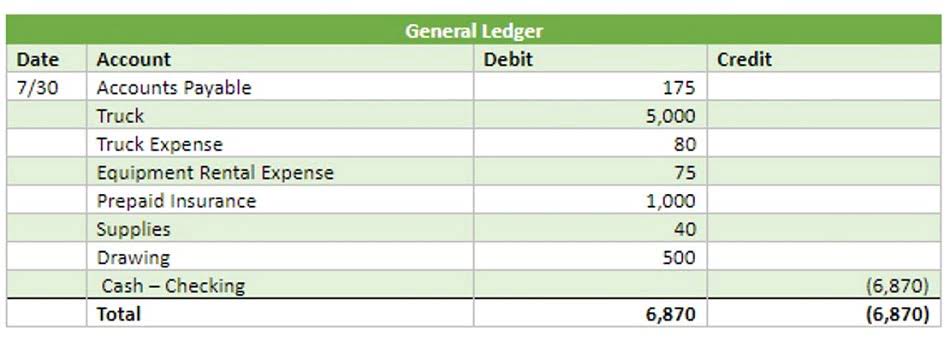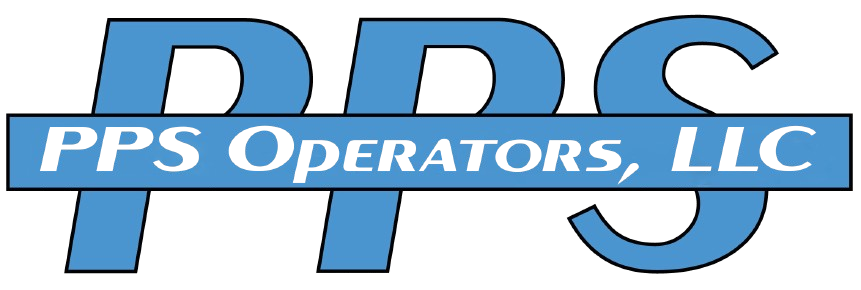
By examining period costs from these different angles, businesses can better understand how time-related expenses impact their financial health and operational efficiency. It’s a nuanced area that requires careful consideration in both the short-term and long-term financial strategies of a company. Typically, managerial accountant want to classify expenses in categories that can improve operations. Instead, these expenses are attributed to selling and general administrative activities. These costs are not part Travel Agency Accounting of the manufacturing process and are, therefore, treated as expense for the period in which they arise.
- By examining these examples, it becomes clear that the method of accounting for period costs must be tailored to the operational realities of each industry.
- Your income statement will also include your cost of products sold, taxes, and total revenue for the fiscal period.
- For example, a business loan might carry an annual percentage rate (APR) between 5% and 15%, depending on the borrower’s creditworthiness and market conditions.
- Effective inventory management and production planning can help mitigate the impact of variable costs on profitability.
- For instance, a company noticing a significant portion of its expenses are period costs might invest in technology to automate certain administrative tasks, thereby reducing those costs over time.
Decision-Making Support

Furthermore, research and development expenses, aimed at creating new products or improving existing ones, are treated as period costs and expensed when incurred. Rent for administrative offices represents a common period cost, as it is incurred regardless of production levels and supports general business operations. Similarly, the salaries paid to administrative staff, such as human resources personnel, accounting department employees, or executive leadership, are classified as period costs. From the perspective of a financial analyst, best practices in accounting for period costs involve a thorough understanding of the nature of these expenses. They advocate for a meticulous classification to avoid misallocations that could distort financial statements. Understanding these distinctions is not just a matter of regulatory compliance; it also provides insights into the operational efficiency and cost management of a company.
INCREMENTAL COST: Definition, Formula, Examples & Calculations
For an expense to categorize as a period expense, it should be incurred periodically and not related to the product. The main product of Google is to act as a search engine, and no doubt, employees are the main head behind that. Still, the travel and entertainment are not directly related to the product cost, and since they are incurred periodically, they must be assigned as a periodic expense.
Administrative Salaries and Office Rent
For instance, a company with high period costs period costs relative to its competitors may need to reassess its spending on SG&A to remain competitive. Similarly, a company with unusually high product costs might look into its supply chain processes for potential savings. Management accountants, on the other hand, analyze period costs from an operational efficiency standpoint.
By analyzing and monitoring these expenses, companies can https://kimhungimex.com/realtor-cfo-services-tax-accountant-for-realtors/ assess the effectiveness of their marketing strategies and make adjustments as needed. Discover the definition of period cost, explore examples, understand its , differentiation from product costs, , in analysis, and how to record and report them. Companies under pressure to meet quarterly earnings targets might intentionally misclassify period costs as product costs, inflating profits. To rapidly determine whether a cost is a period cost or a product cost, ask yourself, “Is the expense directly or indirectly tied to the manufacturing of products?


Managerial accounting is all about providing financial and non-financial information to internal users—usually managers—so they can make better business decisions. One of the foundational distinctions in managerial accounting is the separation of product costs and period costs. Understanding this distinction is crucial not only for accurate financial reporting but also for cost control, pricing strategies, budgeting, and performance measurement. In managerial and cost accounting, period costs refer to costs that are not tied to or related to the production of inventory.
Conversely, a company with high product costs might look into more efficient production methods or negotiate better prices for raw materials. The product costs are sometime named as inventoriable costs because they are initially assigned to inventory and expensed only when the inventory is sold and revenue flows into the business. When the product is sold, these costs are transferred from inventory account to cost of goods sold account and appear as such on the income statement of the relevant period.
What Is a Period Cost? Definition and Examples
- These costs are not directly tied to the production of goods but are necessary for ongoing business operations.
- Advertising and promotion expenses are a type of period cost incurred by businesses to create awareness and promote their products or services to their target audience.
- This direct impact on profitability reflects the costs of operating the business for a given time frame.
- The immediate expensing of period costs has a direct impact on a company’s profit and loss statement.
- Selling expenses are a common type of period cost, encompassing all costs incurred to market products and deliver them to customers.
In the realm of accounting and cost management, the concept of period costs stands as a pivotal element, distinguishing itself from product costs by not being directly tied to the production process. These costs are expensed in the period they are incurred, rather than being capitalized into the cost of goods sold. This distinction is crucial for accurate financial reporting and managerial decision-making. Understanding the importance of period costs is crucial for accurate financial reporting. Period costs, which are expenses not tied to production, directly affect the profit measurement of a business.
- By understanding the interplay between period costs and financial ratios, stakeholders can make more informed decisions and better assess the underlying drivers of financial outcomes.
- This accounting practice is not only a compliance measure but also provides valuable insights for internal management and external stakeholders.
- By tracking these variable costs closely, you can better manage overall expenses and improve profitability.
- Let’s examine a manufacturing organization’s accounting treatment of costs by analyzing the provided records and profit statements.
- However, period costs typically relate to non-production activities such as administrative expenses, sales, and marketing, making their direct association with revenue generation more complex.

In manufacturing, costs are first accumulated as product costs while the goods are being produced. Once the goods are sold, these costs transfer to the cost of goods sold (COGS) on the income statement. Period costs, on the other hand, are recorded as expenses during the period they are incurred, regardless of whether they relate to production.
By optimizing spending, monitoring performance, and making data-driven decisions, businesses can enhance their competitiveness, maximize profitability, and achieve long-term success. In other words, they are expensed in the period incurred and appear on the income statement. As the name suggests, product costs are derived from producing major types of products by the business. If there is no production of any goods, the business will incur no product cost.
